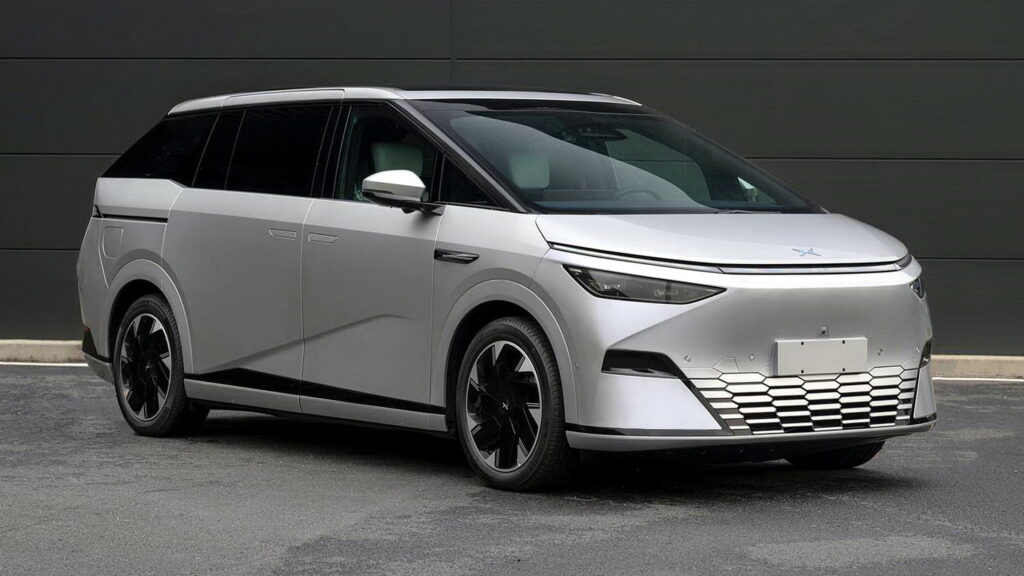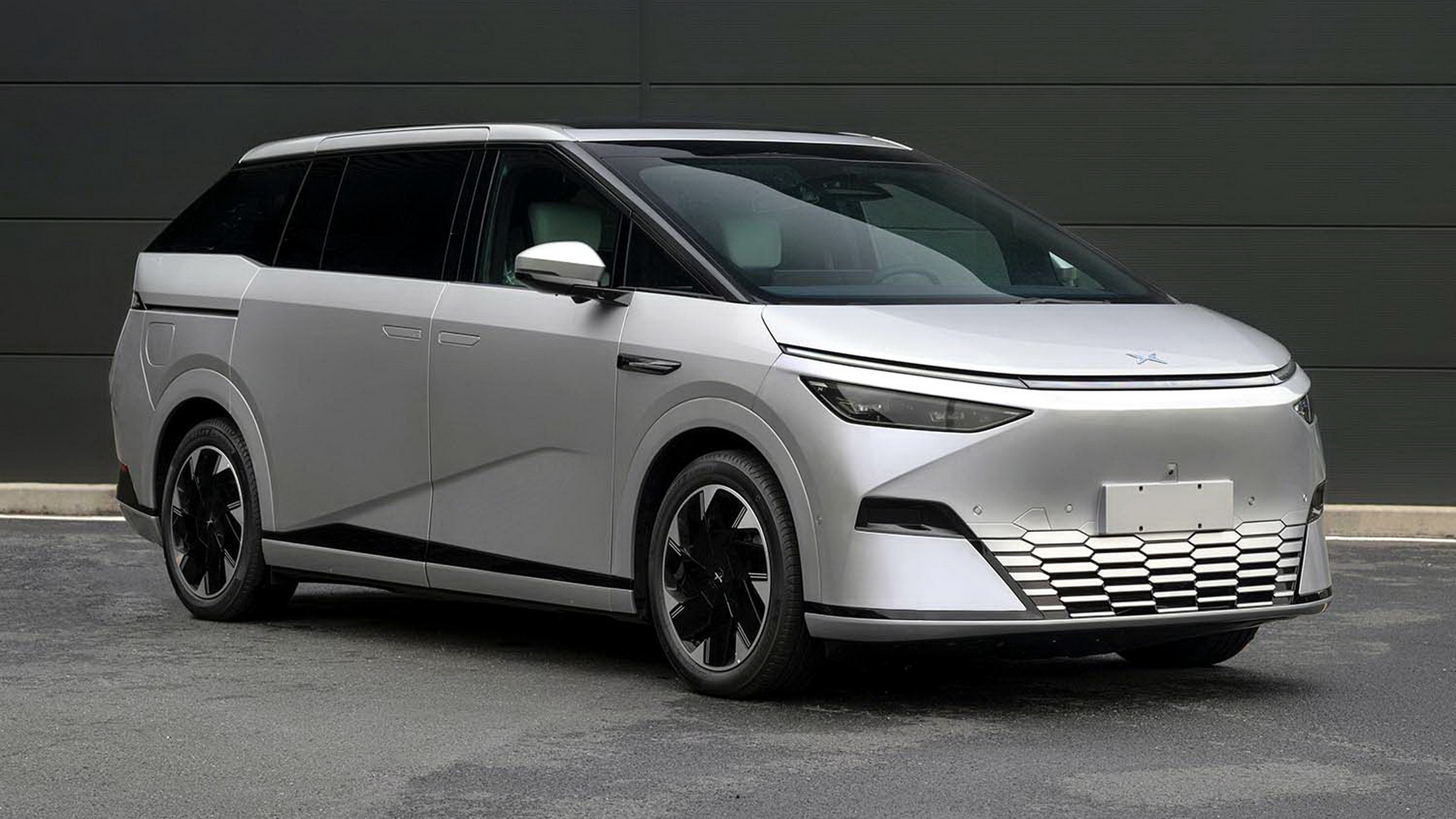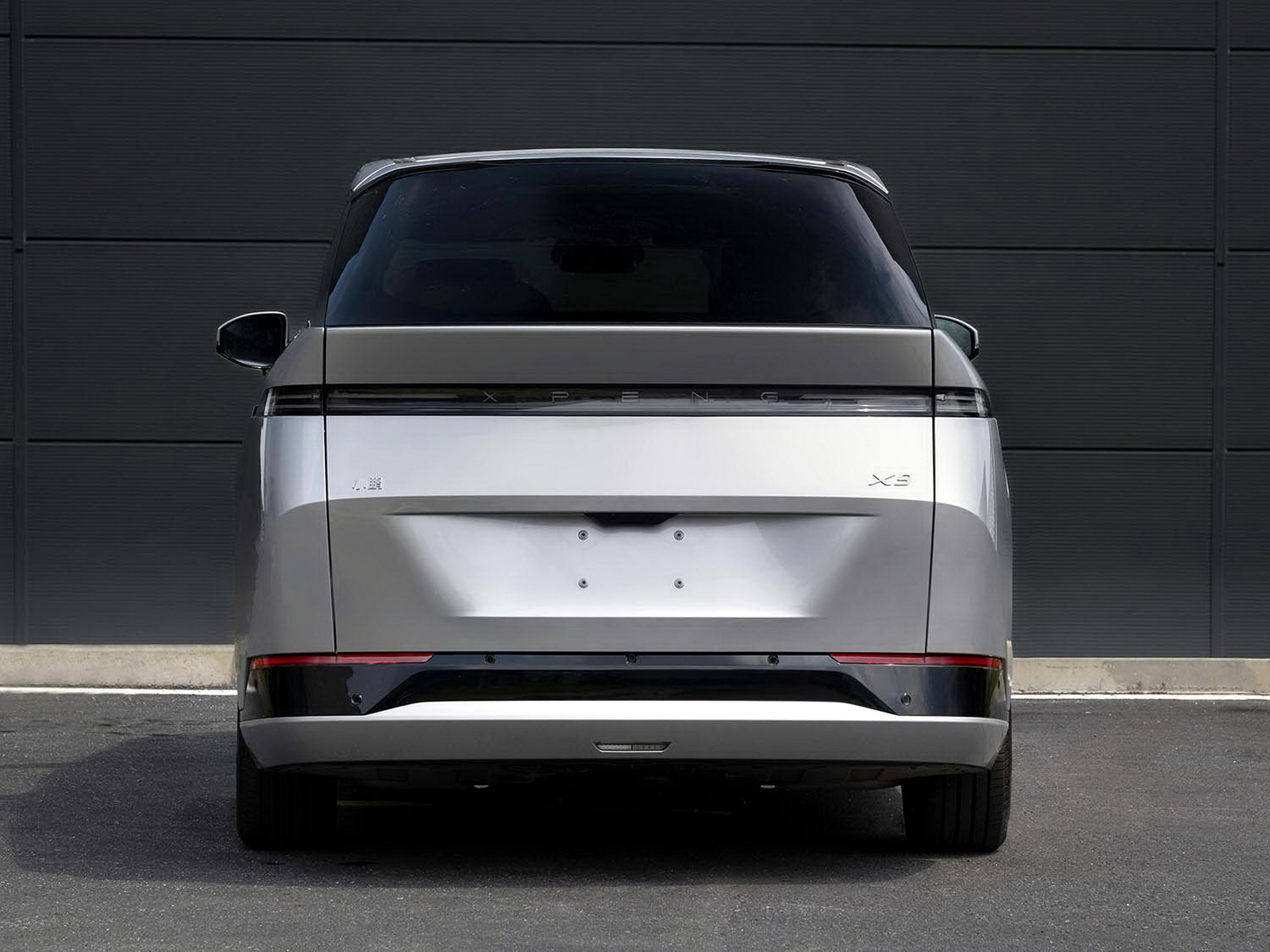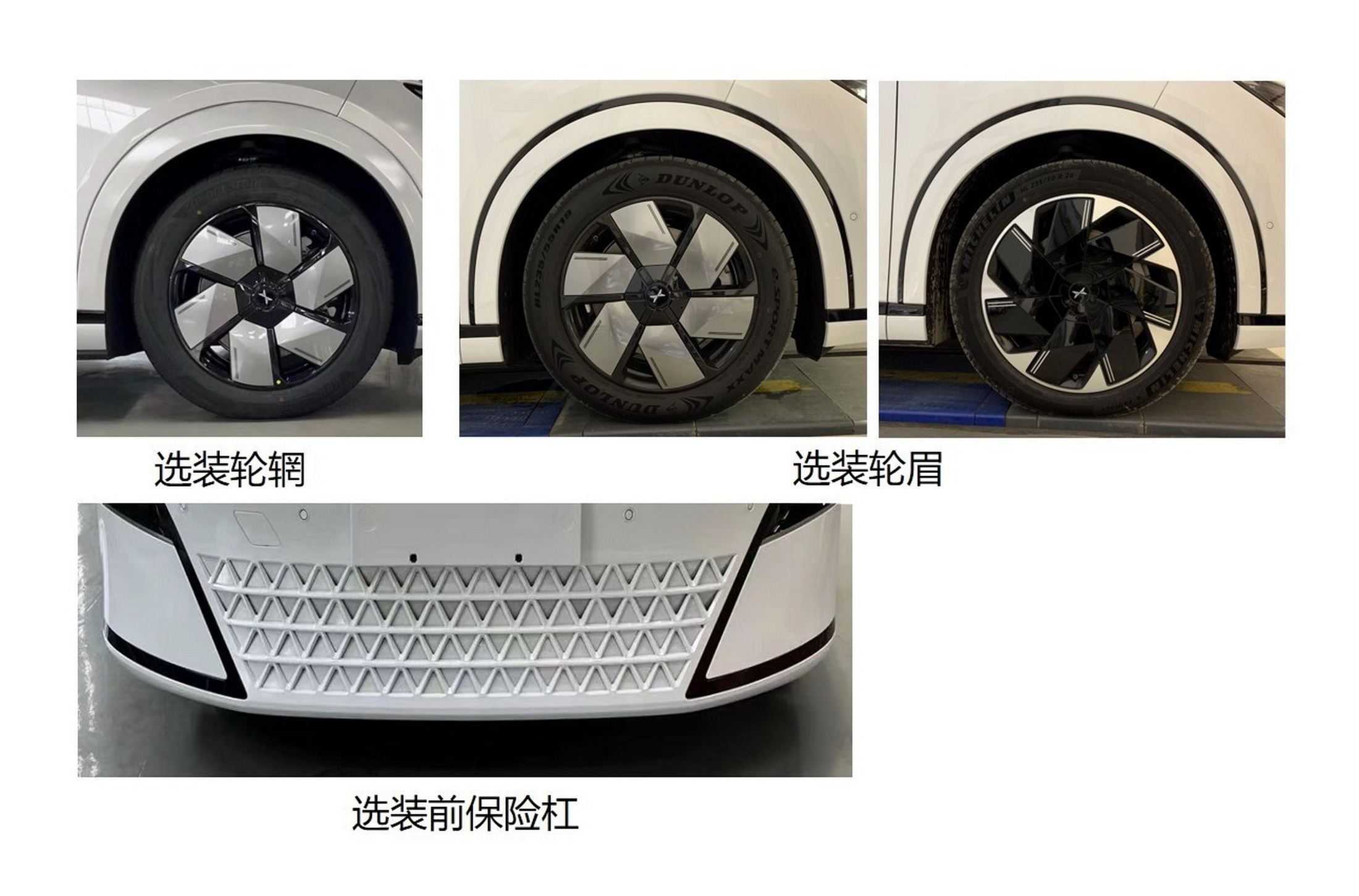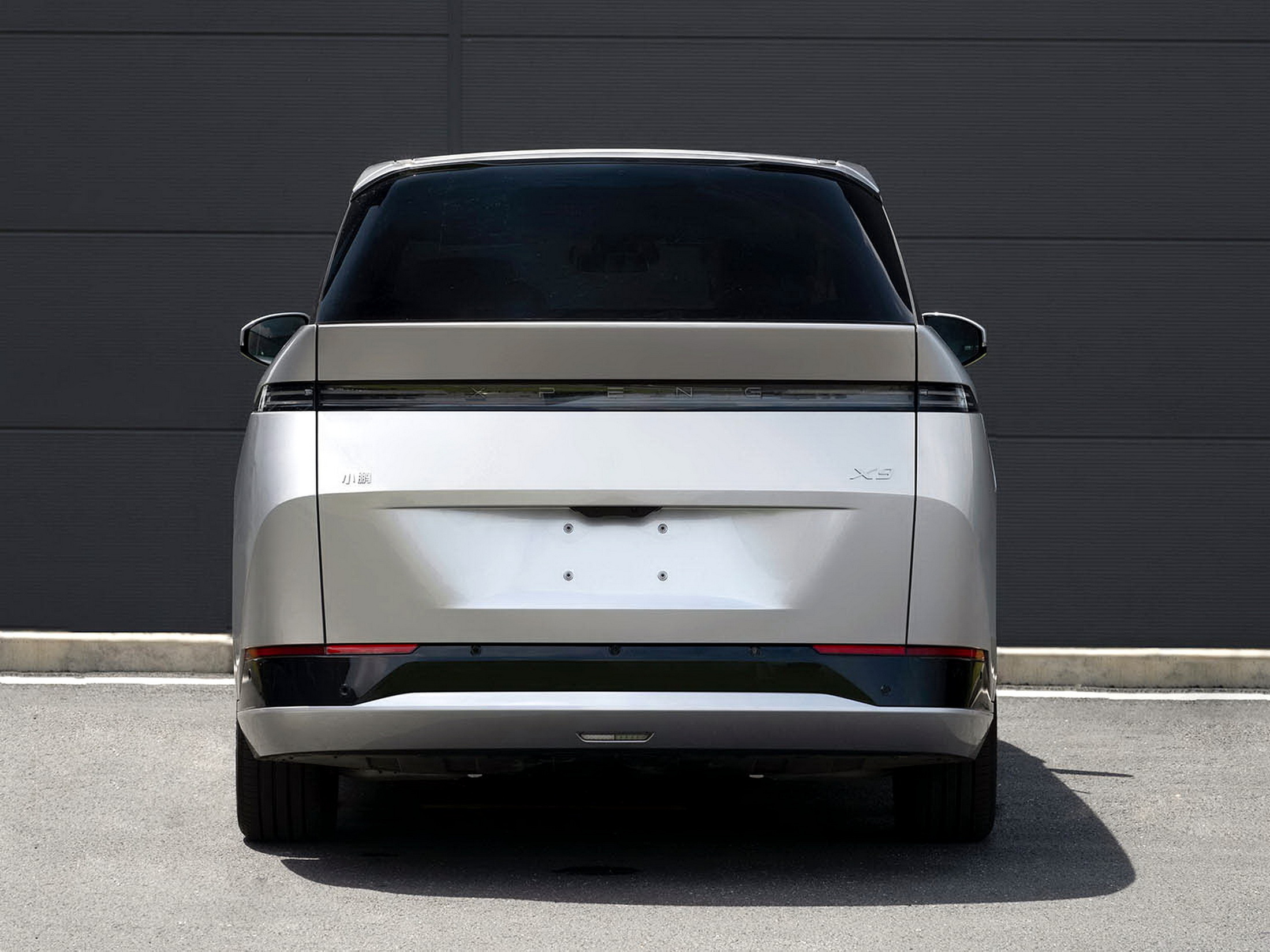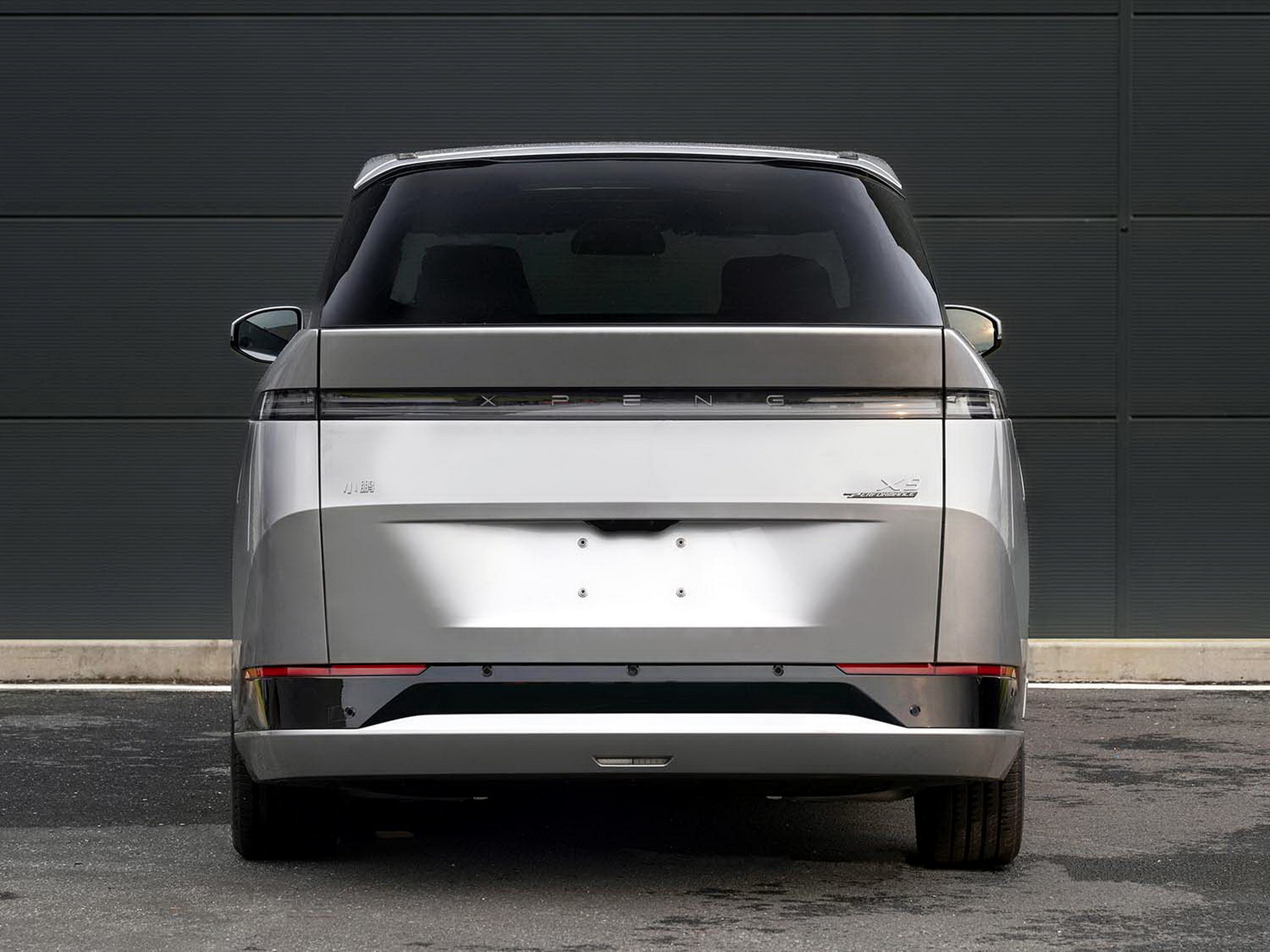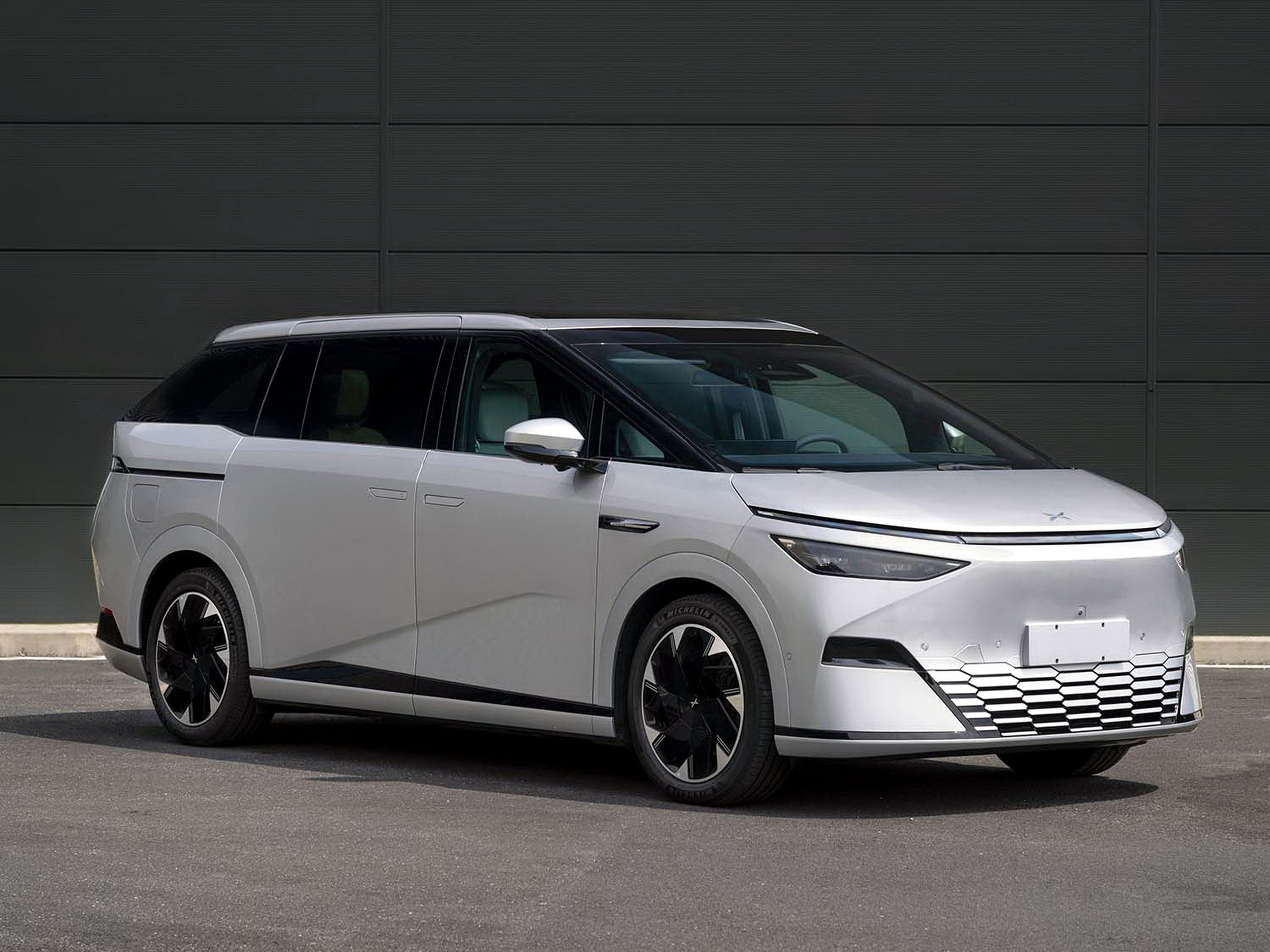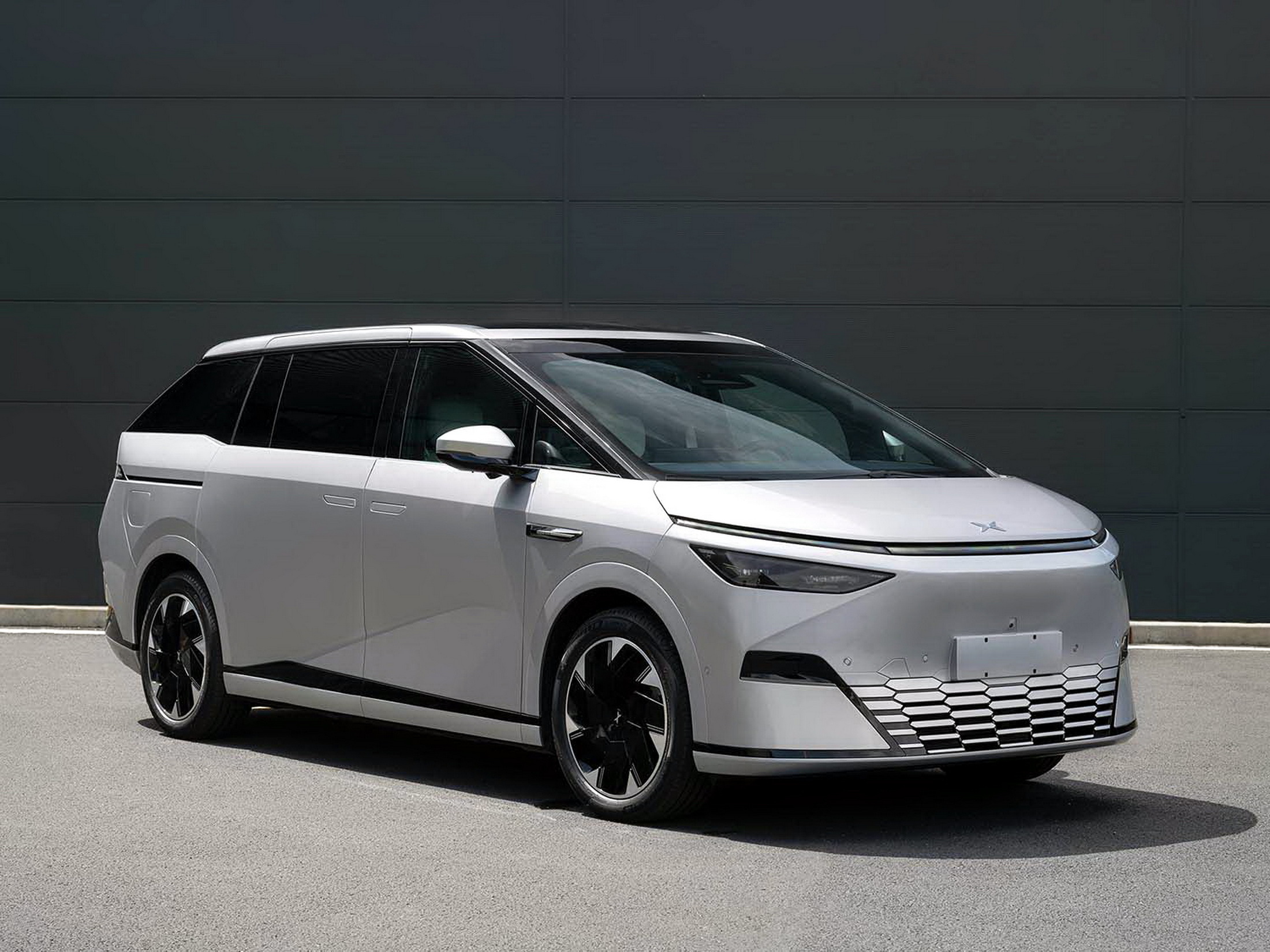Filings with China’s Ministry of Industry and Information Technology made by Xpeng have finally taken the wraps off the X9 minivan. Painted silver with a long, angular windshield and a sharply creased belt line, it looks a bit like the combination of a Tesla Cybertruck and a Honda Odyssey.
The disclosures reveal that the X9 will be offered with two powertrain configurations. The first will have just one motor that sends 315 hp (235 kW/320 PS) to the wheels. That will give it a top speed of 124 mph (200 km/h) and a lithium iron phosphate battery (whose capacity has not yet been revealed) will make it tip the scales at 6,889 lbs (3,125 kg).
The dual motor version will be even heavier, weighing in at 7,077 lbs (3,210 kg), and its top speed will be capped at the same rate. However, it will get a lithium-ion battery, and its motors will produce 315 hp (235 kW/320 PS) and 181 hp (135 kW/184 PS), for a total combined output of 496 hp (370 kW/503 PS).
Read: Why VW Is Piggybacking Off Xpeng To Stay Relevant In China’s EV Race
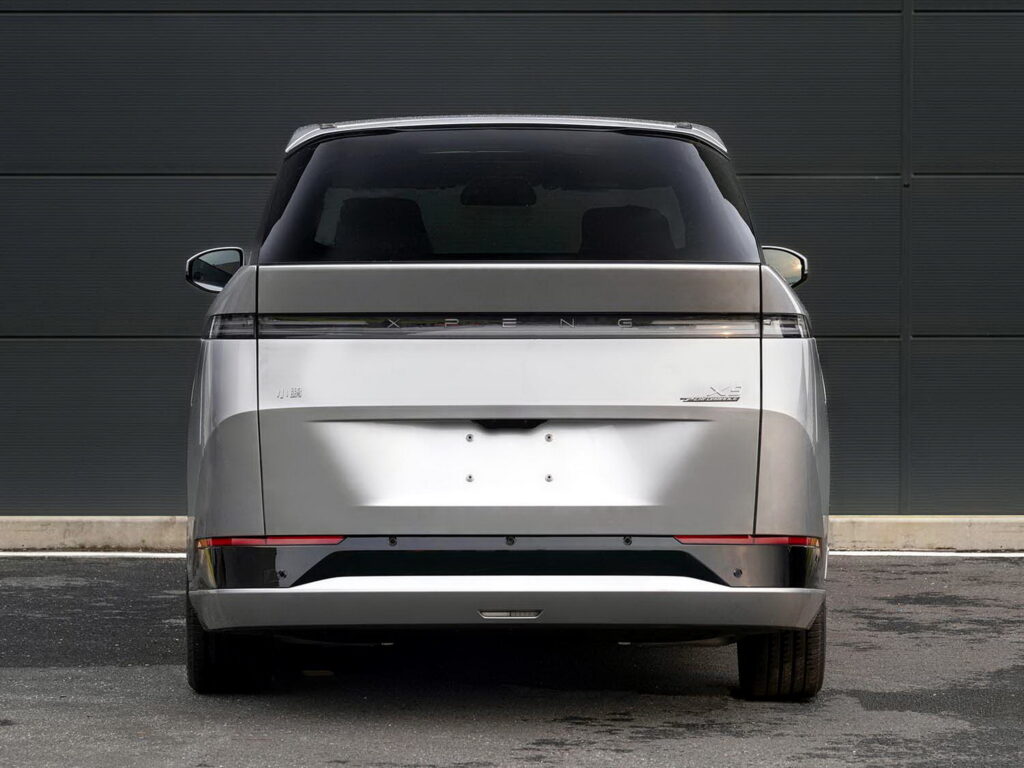
Whatever powertrain buyers opt for, they will get seating for up to seven passengers thanks to the X9’s generous proportions. Measuring 208 inches long, 78 inches wide, and 70 inches tall (5293x1988x1785 mm), it is about four inches longer than a Chrysler Pacifica.
While that may not be especially noteworthy by American standards, it is quite a bit larger than Xpeng’s previous vehicles. The G9 SUV, which was formerly its largest vehicle, is 15.5 inches shorter than the X9.
The X9 is set to head into a competitive minivan sector, fighting against other electric options like the Zeekr 009, the Hycan V09, the Denza D9, and the upcoming Li Auto Mega. Xpeng recently received a vote of confidence from VW, which announced that it will use the Chinese automaker’s platform in the market.
Set to go on sale late this year, prices will likely be revealed during the Xpeng X9’s official launch.




